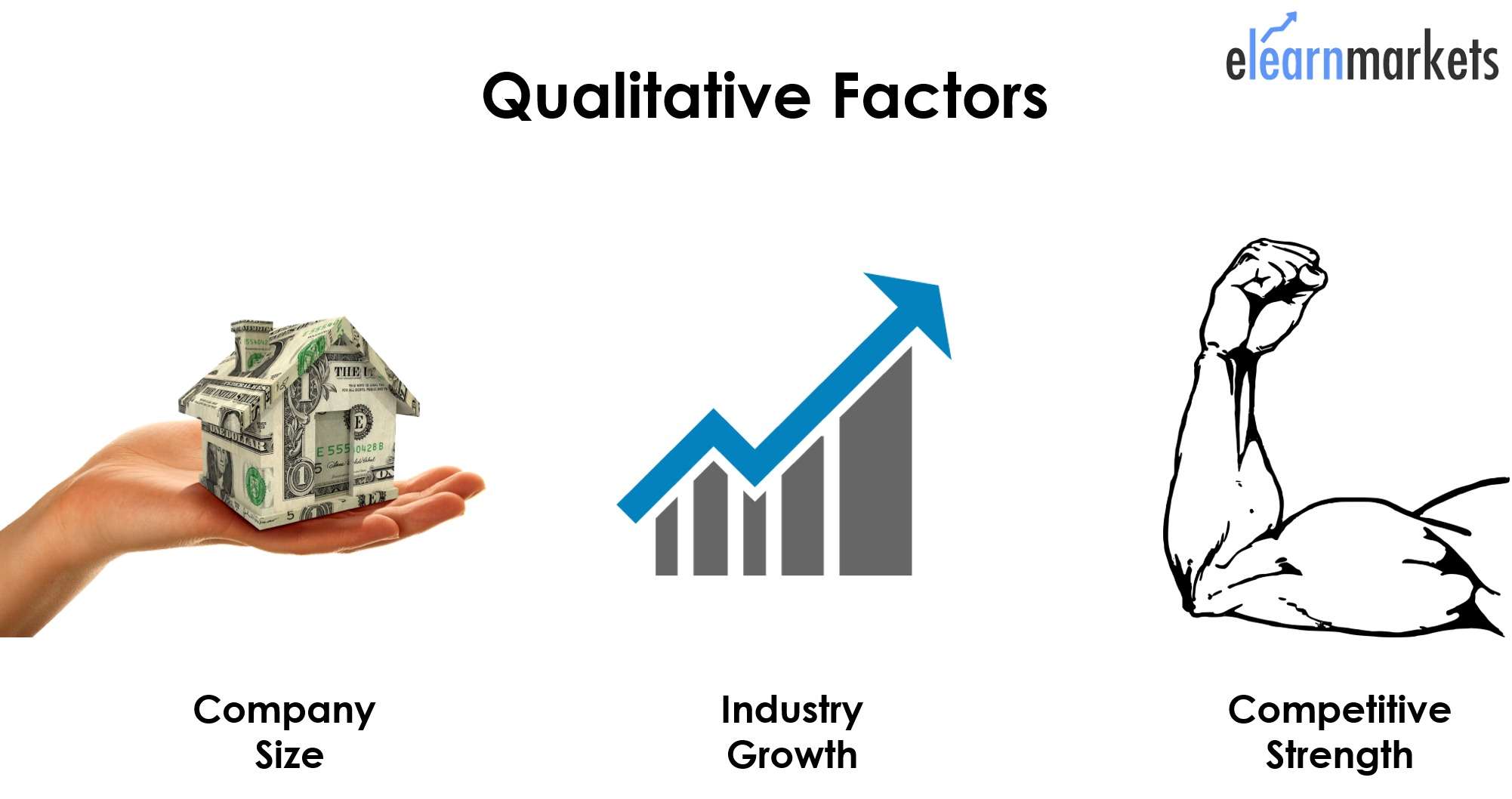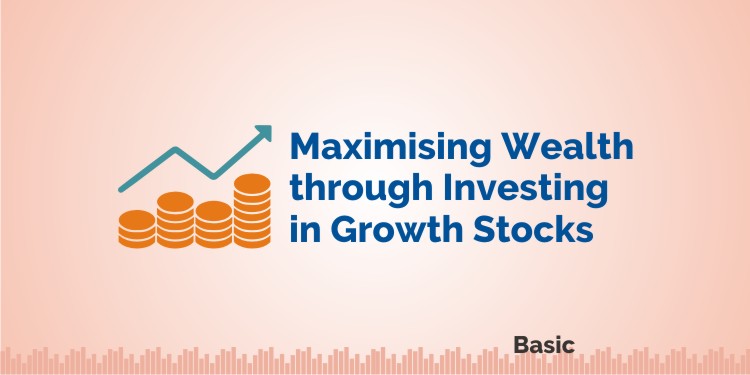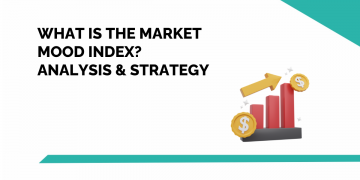Introduction
Nowadays every investor does value investing that is finding out the intrinsic value and selling and buying according to the intrinsic value. Have you ever questioned yourself that is this the only way of investing in stocks through fundamental analysis? The answer is no. There is another way of investing through fundamental analysis and that is growth investing. Investors invest in growth stocks by focusing on the companies which have potential to grow in future irrespective of their current market price. Investors buy growth stocks which are traded higher than the intrinsic value in the market with the assumption that the intrinsic value will grow and ultimately exceed current valuations, unlike the value investors.
What to Search For?

Growth investors look for young companies which have potential to grow. Investors trade on this logic that growth in the revenue will translate into higher prices of the growth stocks in the future. Growth investors search for those industries which are developing in the terms of technologies and services. They look for those companies who reinvest their earnings rather than paying dividends to their investors. They prefer capital appreciation rather than dividends.
“If you don’t have competitive advantage, don’t compete”-Jack Welch
Best growth stocks always have one or more competitive advantages. We should always invest in those growth stocks which have high technology products such as Microsoft or Intel or have patents like pharmaceutical companies for their drugs such as Lupin or Sunpharma.
“The key to investing is not assessing how much an industry is going to affect society, or how much it will grow, but rather determining the competitive advantage of any given company and, above all, the durability of that advantage.”
— Warren Buffett
What to Look For Growth Stocks?
While we select the growth stocks for investing, as an investor we should look for the following quantitative as well as qualitative factors in the company:
Quantitative Factors:
Historical Earnings Growth
The companies in which we are investing should hold good revenue growth records for at least previous past ten years. The percentage of Earning per Share (EPS) growth depends upon the market capitalization of the company.
For example, the growth of EPS should be at least 5% for the companies having around 7 billion dollars market capitalization. Around 7% for the companies having EPS of 500 million dollar to 7 billion companies and so on.
The basic idea is that if the company is showing strong growth in the past, then it will also do well in the coming years.
Forward Earning Growth
Usually, the company announces how much it is expecting to earn in the next quarter or year. This is known as forward earning. This is publicly available information present in its financial statements. The earnings estimates of the company are made by research analysts. Investors should pay attention to these estimates and identify the growth stocks which are likely to grow according to the forward earnings estimates.
Profit Margins
The Company should have strong past record of its pretax profit margin.
Pretax profit margin is calculated as:
Pretax Profit Margin= [Profit-Tax/Sales}*100
For example, Reliance Industries Ltd. has five years Profit Margin of 20.94% and its current Profit Margin is 9.92%. We can say that growth investor can invest in the stocks of Reliance Industries Ltd. according to this parameter.
This is an important factor to be considered by a growth investor as the company can have strong sales growth but its earnings may fall. This implies that the management of the company is not controlling its revenue and earnings. If a company exceeds its five year pretax profit margin and its industry a growth investor should invest in that company.
Return on Equity (ROE)
Return on Equity (ROE) indicates how efficiently the company is applying shareholder’s equity to generate its revenue.
You can also read: How to Analyse Financial Ratios
If the company ‘s Return on Equity is more than its average five years Return on Equity then the investor can invest in that growth stock.
For example, Reliance Industries Ltd. has five years Return on Equity of 11.74% and its current Return on Equity is 12.15%. We can say that investor can invest in the growth stock of Reliance Industries Ltd. also according to this parameter.
Stock Performance
An investor should look at the performance of the growth stock while investing. If a stock’s growth rate does not double in last five years, then it is not a good growth stock. In seven years stock should have a growth rate of 10%. Similarly In five years stock should have a growth rate of 15% and so on.
Qualitative Factors:

Company Size
Company size plays an important role while investing in growth stocks. Fevicol , LIC, Bisleri have all successfully carved a niche for themselves and now almost single-handedly control the market and represent the industry.
Industry growth
When the investors look for the growth stock, he also has to see whether the industry is growing or not. If we select a company in a stagnant sector then that stock will also not grow. Growth investors can look for the stocks in fast growing sectors such as FMCG, Pharmaceuticals, and Technologies.
Competitive strength
Industry growth is an important factor, but we should also look for competitive strength. Even if the industry is growing, growth investors can make a huge mistake if they select a growth stock with insufficient competitive strength.
Bottomline
Investors invest in growth stocks with the motive of increasing their wealth through capital appreciation and not by the dividend. Investing in growth stocks helps the investors to compound their wealth, which is the fastest method of increasing wealth. We can invest on our own or take help of mutual funds while investing in growth stocks.
We hope you have learnt a lot from this blog. To dive even deeper on similar , check out our equity research analyst course.








